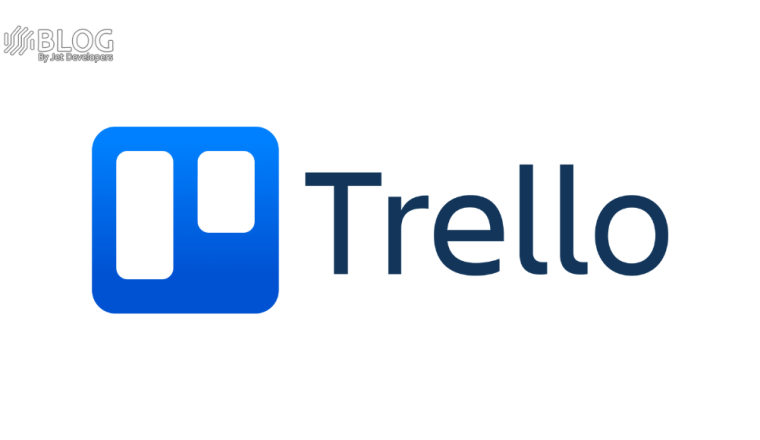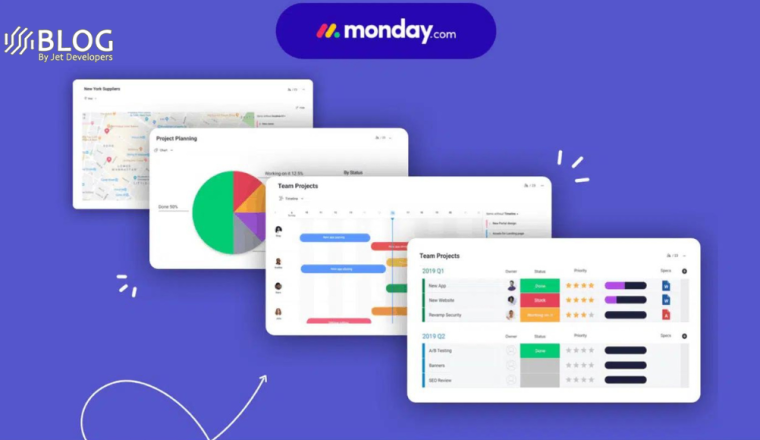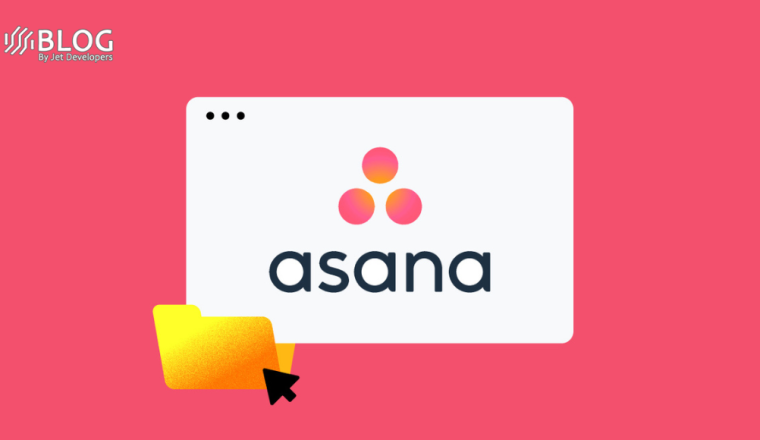Basecamp
Basecamp, a popular project management tool, has emerged as a reliable platform that simplifies collaboration, enhances productivity, and helps teams achieve their goals efficiently. With its array of services and numerous advantages, Basecamp has become a go-to solution for teams across various industries. In this article, we will explore the key services offered by Basecamp and outline the significant advantages it provides.
Services:
- Project Organization: Basecamp provides a central hub where teams can organize their projects effectively. Users can create projects, set deadlines, and assign tasks to team members. The intuitive interface allows for seamless navigation and easy access to project-related information.
- Task Management: Basecamp simplifies task management by allowing users to create to-do lists, assign tasks, set priorities, and track progress. Team members can collaborate by commenting on tasks, attaching files, and providing updates, ensuring everyone stays informed and engaged.
- Communication and Collaboration: Efficient communication is crucial for successful project management, and Basecamp excels in this area. It offers a variety of communication tools, such as message boards, real-time group chats, and direct messaging, enabling seamless collaboration and fostering effective team communication.
- File Sharing: Basecamp provides a secure and centralized platform for file sharing. Users can upload and store documents, images, and other relevant files directly within the project. This eliminates the need for separate file-sharing platforms, streamlining workflows and ensuring everyone has access to the necessary resources.
- Scheduling and Calendar Integration: With Basecamp, users can schedule events, set reminders, and sync project deadlines with external calendar applications. This feature ensures that project milestones and important dates are not overlooked, keeping teams on track and focused.
Pros of Using Basecamp:
- User-Friendly Interface: It boasts an intuitive and user-friendly interface that simplifies the onboarding process for teams, allowing them to quickly adapt and start using the platform effectively.
- Enhanced Collaboration: Basecamp’s communication and collaboration tools promote transparency, engagement, and efficient teamwork. With features like real-time chat and shared to-do lists, team members can work together seamlessly, regardless of their physical location.
- Centralized Project Management: Basecamp provides a centralized platform where teams can access all project-related information, reducing the need for multiple tools and platforms. This streamlines workflows and enhances productivity.
- Third-Party Integrations: Basecamp integrates with various third-party applications, allowing users to connect their favorite tools and streamline their workflow further. Integrations with popular apps like Slack, Google Drive, and Trello enhance productivity and create a more cohesive project management ecosystem.
- Mobile Accessibility: Basecamp offers robust mobile applications for iOS and Android devices, enabling users to stay connected and engaged with their projects on the go. This flexibility ensures that team members can access information and collaborate regardless of their location or device.







